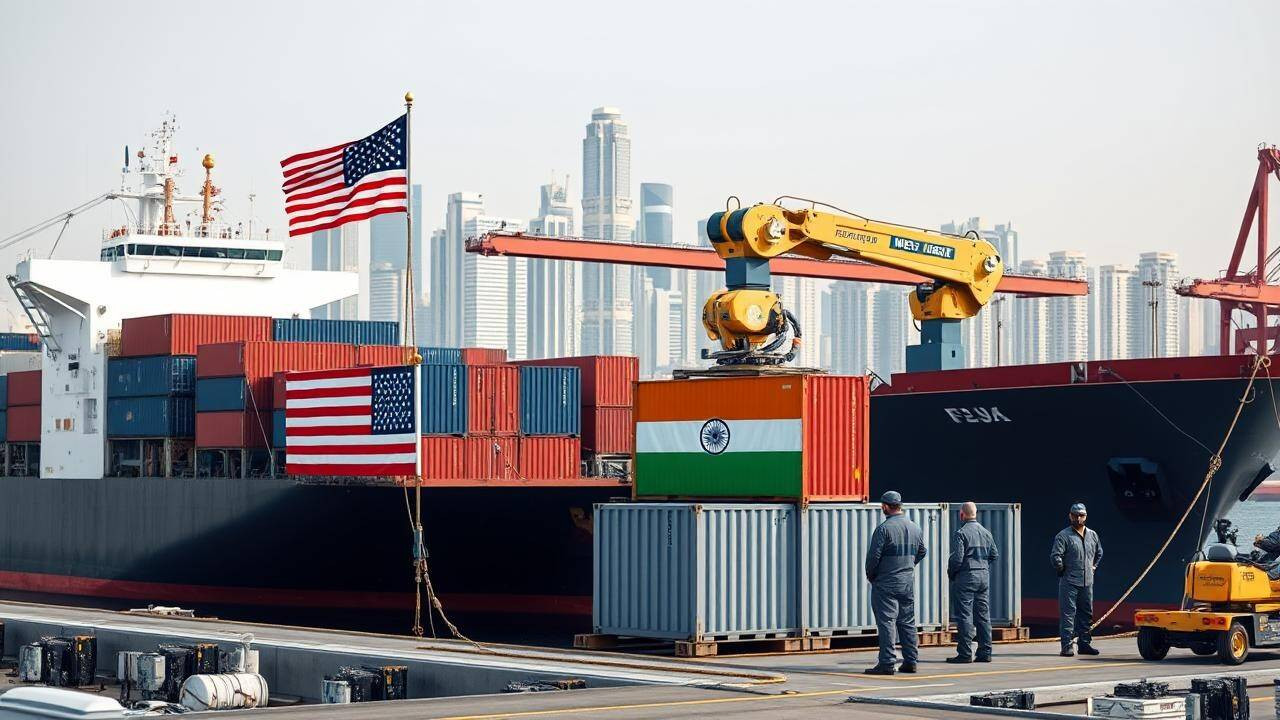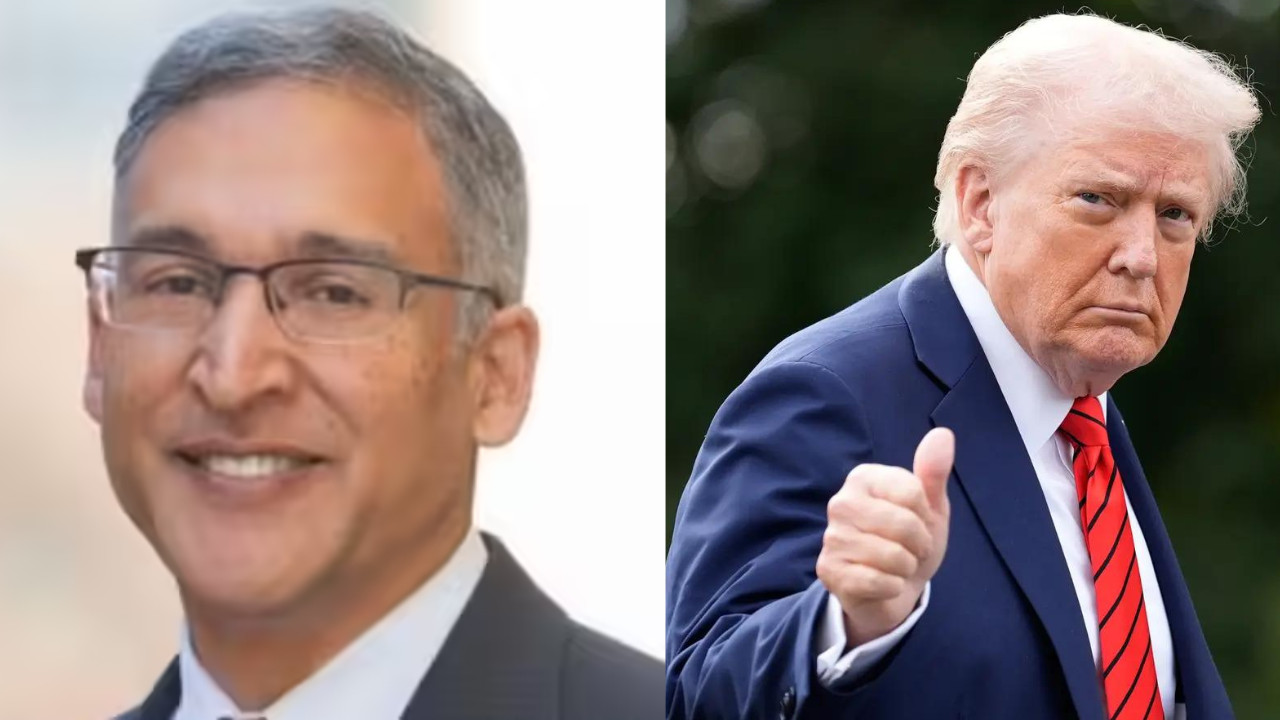Indian electronics sector gains a two-week reprieve from proposed US tariffs as Section 232, covering technology products, undergoes review amid bilateral talks. Trump’s planned 25% tariff on Indian imports, alongside potential penalties for Russian military equipment purchases, creates uncertainty. Apple’s iPhone export plans from India to the US face disruption, potentially impacting production scale-up and costs.
India’s Electronics Sector Dodges a Bullet (For Now): A Tariff Tale
The world of international trade can feel like a high-stakes chess game, with nations maneuvering tariffs and regulations like pieces on a board. In the latest development, India’s electronics sector has been granted a temporary reprieve from impending 25% tariffs imposed by the United States. The clock was ticking down to August 1st, but a two-week stay of execution has been issued. So, what’s behind this eleventh-hour reprieve, and what does it mean for Indian businesses?
The tariffs in question relate to a long-standing dispute over India’s equalization levy, often dubbed the “Google Tax.” This levy, designed to tax digital services provided by foreign companies operating in India, has been a bone of contention with the US for some time. The US Trade Representative (USTR) had previously identified this tax as discriminatory against American companies, paving the way for retaliatory tariffs on a range of Indian goods.

The immediate impact of these tariffs would have been significant. The 25% hike would have made Indian electronics considerably more expensive in the US market, potentially jeopardizing existing trade relationships and impacting the competitiveness of Indian manufacturers. Industries reliant on electronics components, as well as consumer electronics brands exporting to the US, were bracing for impact.
Why the Delay? Unpacking the Tariff Postponement
While the exact reasons for the two-week postponement haven’t been explicitly stated, it likely reflects ongoing negotiations between the two countries aimed at resolving the underlying tax dispute. It suggests a willingness on both sides to find a mutually agreeable solution and avoid a full-blown trade war in the electronics domain. This small window provides an opportunity for further dialogue and perhaps a compromise that can avert the tariffs altogether.
One can imagine intense diplomatic activity behind the scenes, with officials working to bridge the gap and find a path forward. The fact that the postponement is relatively short—just two weeks—indicates that the pressure to resolve the issue remains high. This is not a signal that the issue is resolved, just that both nations need a bit more time to iron things out.
What’s at Stake for India’s Electronics Industry?
The stakes in this game are considerable for India. The electronics sector is a vital engine of economic growth, contributing significantly to exports and employment. Imposing tariffs could stifle this growth, hindering India’s ambitions to become a global manufacturing hub. Furthermore, it could discourage foreign investment in the sector, as companies might hesitate to set up operations in India if faced with the prospect of higher export costs.
The 25% tariffs would affect numerous products including printed circuit boards, telecom equipment, and various consumer electronics. Businesses could be forced to absorb the higher costs, leading to reduced profit margins. Alternatively, they could pass the cost on to consumers, potentially reducing demand for their products in the US market. In the long run, the tariffs could even lead to job losses within the India’s electronics sector.
Looking Ahead: Navigating the Trade Winds
The reprieve offers Indian businesses a temporary respite, but it’s crucial to remember that this is not a permanent solution. Companies should use this time to assess their supply chains, explore alternative markets, and strengthen their competitiveness. Diversifying export destinations and investing in innovation could help mitigate the risks associated with future trade disputes.
This trade dispute highlights the importance of international cooperation and the need for fair and equitable tax policies. Finding a sustainable resolution to the equalization levy issue will be crucial for maintaining a healthy trade relationship between India and the US. Perhaps a global framework for taxing digital services, agreed upon by multiple nations, could offer a more stable and predictable environment for businesses operating across borders.
As India continues to grow its economy, developing a clear and consistent approach to international trade disputes will become increasingly important. The outcome of this particular situation may set a precedent for how similar issues are handled in the future. Stay tuned, because the next two weeks could dramatically impact the trajectory of India’s thriving electronics industry. For more on related topics, see our piece on boosting Indian manufacturing.
The two-week tariff reprieve is a welcome, albeit temporary, relief for India’s electronics sector. However, the underlying issues persist, emphasizing the need for ongoing negotiations and strategic planning to ensure the long-term health and stability of this vital industry. The short extension provides an opportunity to work toward a resolution, preventing potentially devastating consequences for the Indian economy.







